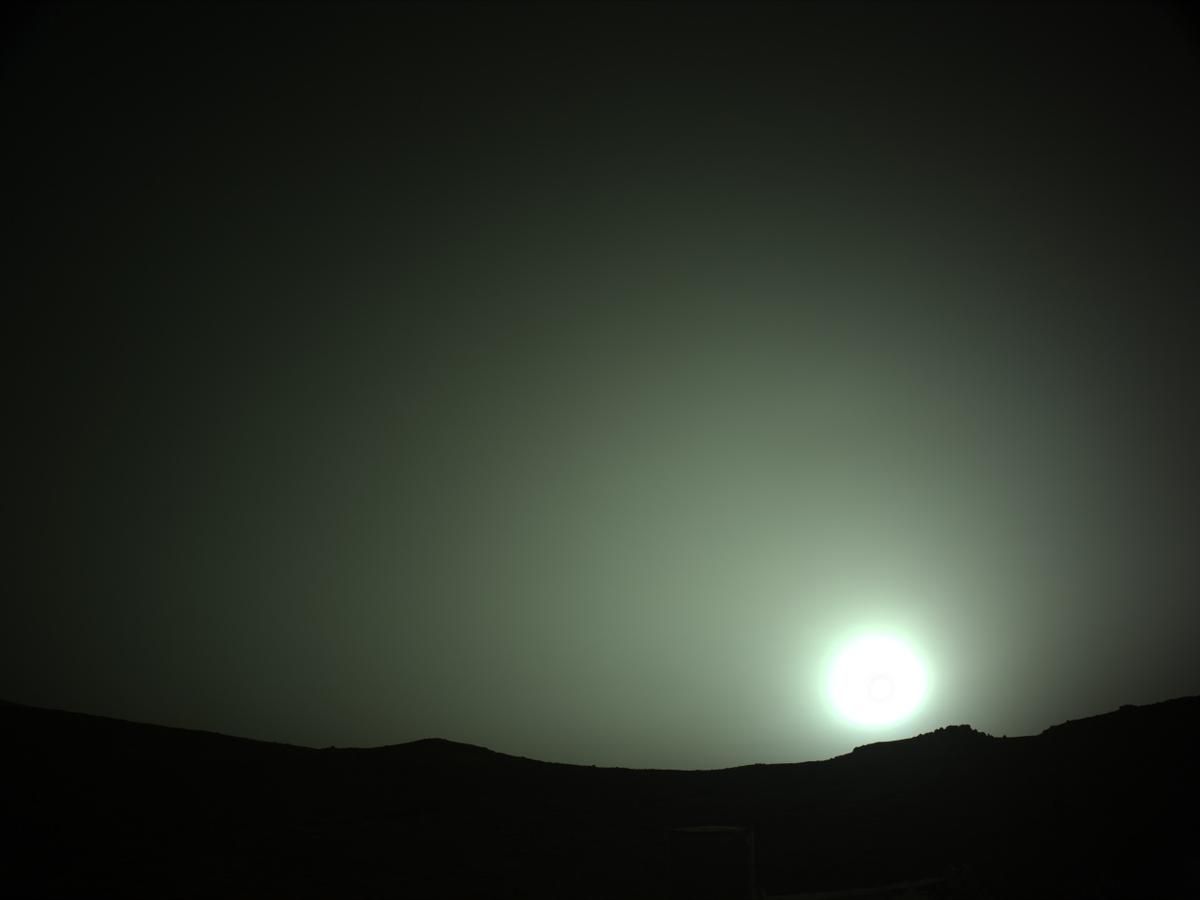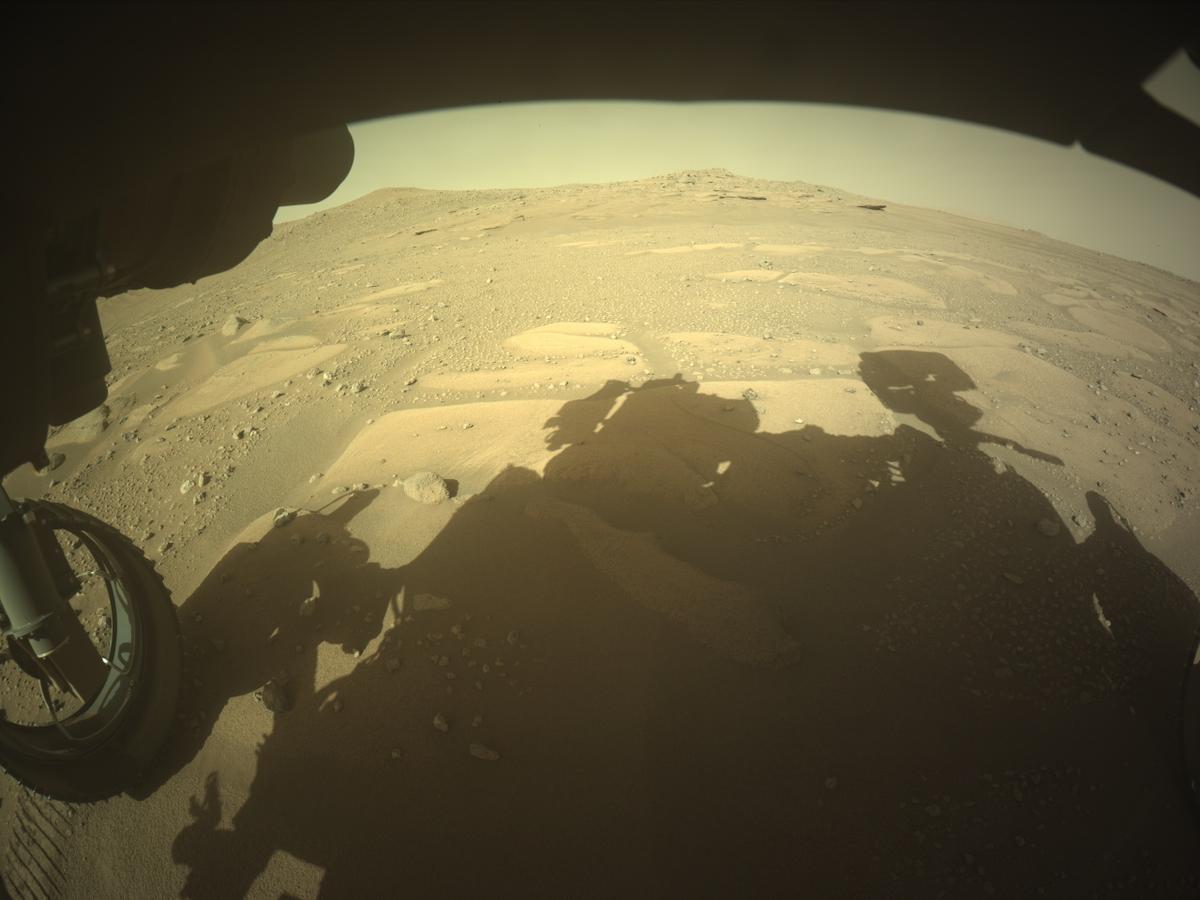3 min read

Perseverance wrapped up science activities this week as the team focused on getting the rover in position for solar conjunction, a few week period roughly every two Earth years when Earth and Mars are on opposite sides of the Sun. To avoid potential interference of radio signals by the Sun’s ionized gas, engineers do not actively command Mars spacecraft during this period and rather send up a long list of commands prior that don’t require input from the team and keep the spacecraft busy. This year’s solar conjunction will last from Sols 967 to 987 (Nov. 8th-28th, 2023). This is Perseverance’s second solar conjunction of the mission, the last one occurring in October 2021 when we were exploring the crater floor at South Séítah.
After a slow-going but successful traverse north through a difficult boulder-rich terrain, Perseverance arrived at Jurabi Point on Sol 958 (Oct. 31st, 2023). The team took advantage of the view to do some pre-drive imaging of nearby boulders and reconnaissance for our traverse ahead before dropping down into Gnaraloo Bay with a 301 meter drive eastward on Sol 959 (Nov. 1st, 2023). Gnaraloo Bay is a geologically intriguing location with three different units outcropping in close proximity, including a boulder-rich upper fan unit, the margin unit, and curvilinear strata potentially consistent with rocks previously investigated by Perseverance. On Earth, field geologists seek out such boundaries, or "geologic contacts," to constrain stratigraphic relationships and depositional histories of the different rocks and the team hopes to do the same at Gnaraloo Bay.

A 42 meter slightly uphill drive eastward on Sol 960 (Nov. 2nd, 2023) put Perseverance at Airey Hill, an exposure of the curvilinear-like rocks. Perseverance will be parked here for the duration of solar conjunction. Upon arrival at Airey Hill, the team has been focused on characterizing the surrounding rocks with remote sensing observations, including an enormous Mastcam-Z 360 degree stereo panorama acquired at the highest resolution (110 mm focal length). In addition to characterizing the rocks, Perseverance has also been busy monitoring the Martian atmosphere to look for clouds and dust devils, as well as acquiring environmental measurements with the MEDA (Mars Environmental Dynamics Analyzer) instrument.
While Perseverance’s co-workers back on Earth will be taking a well-deserved break from surface operations, the rover will be keeping busy over the next few weeks by collecting weather measurements, surveying for clouds and dust devils, monitoring changes in the nearby rocks and soils, collecting sounds with its microphones, and conducting stationary experiments with the RIMFAX (Radar Imager for Mars’ Subsurface Experiment) instrument.
Written by Brad Garczynski, Student Collaborator at Purdue University







